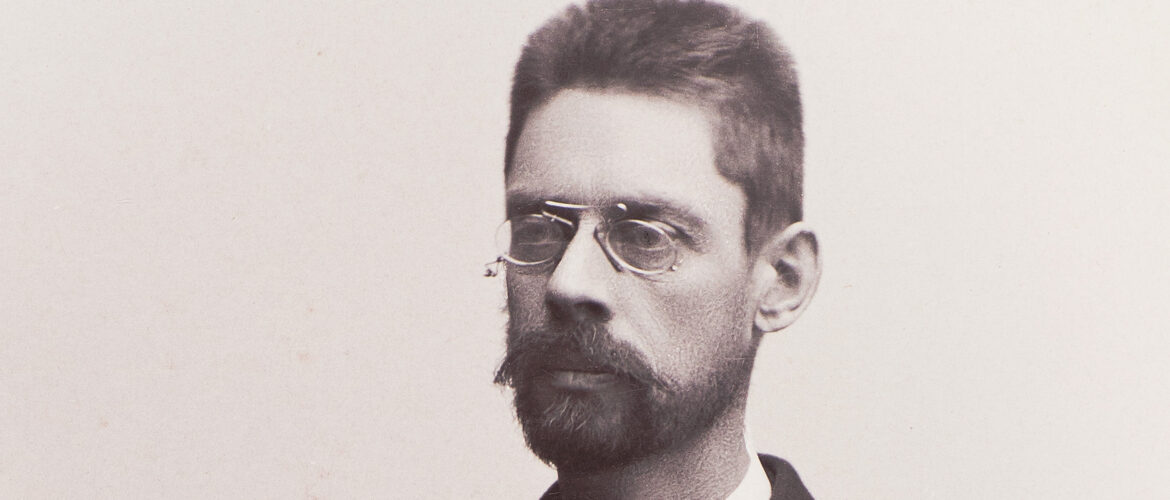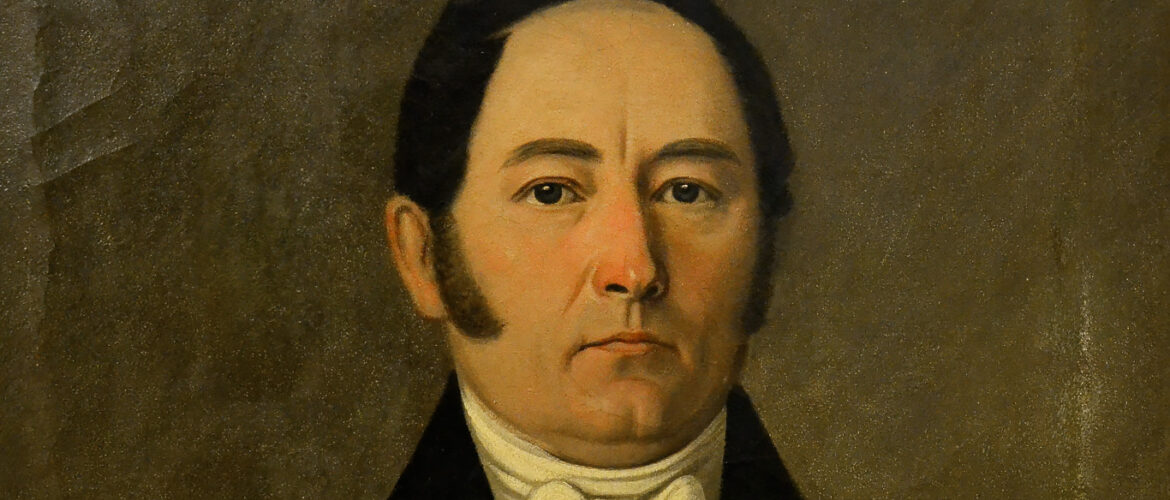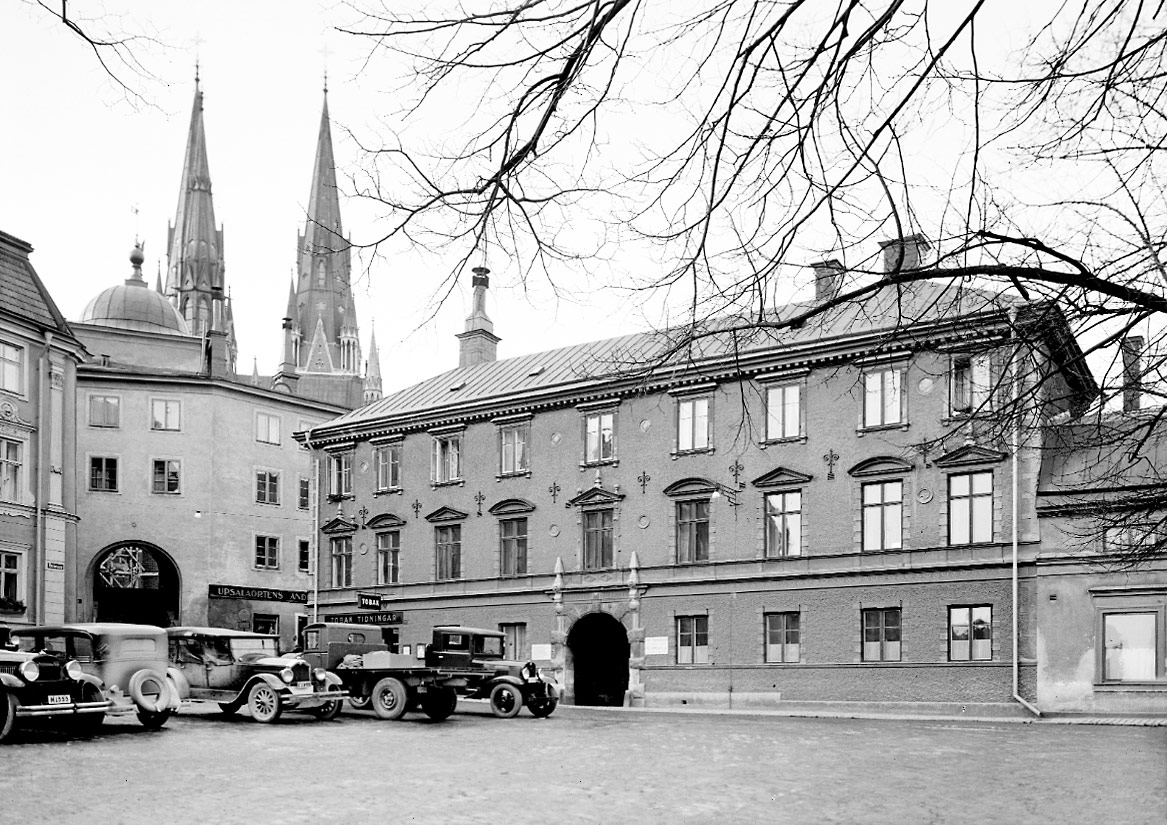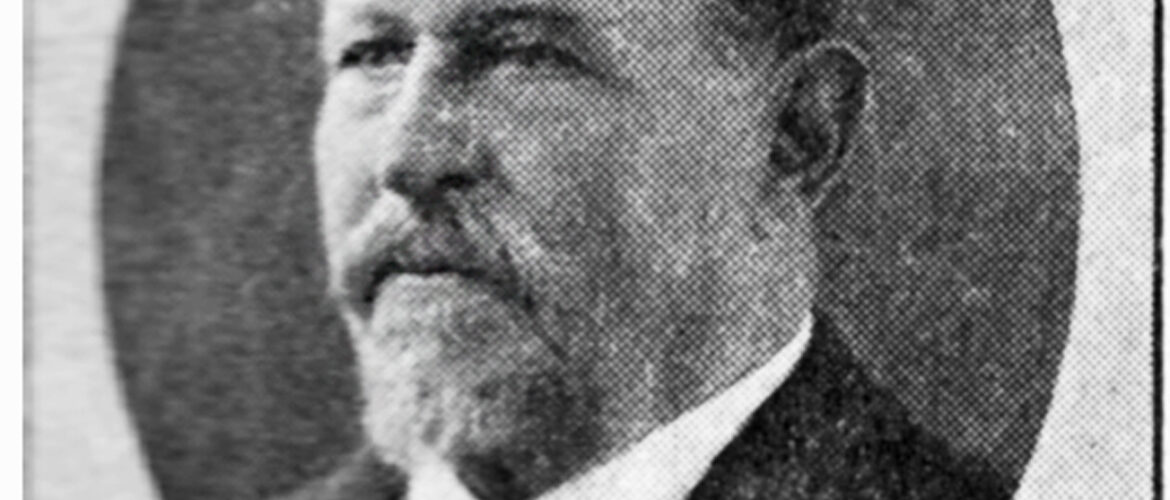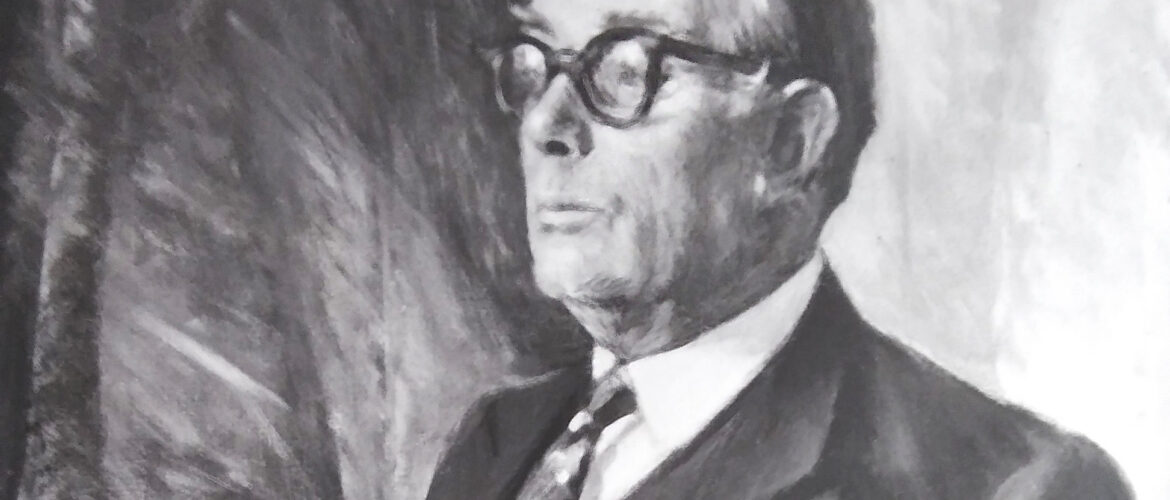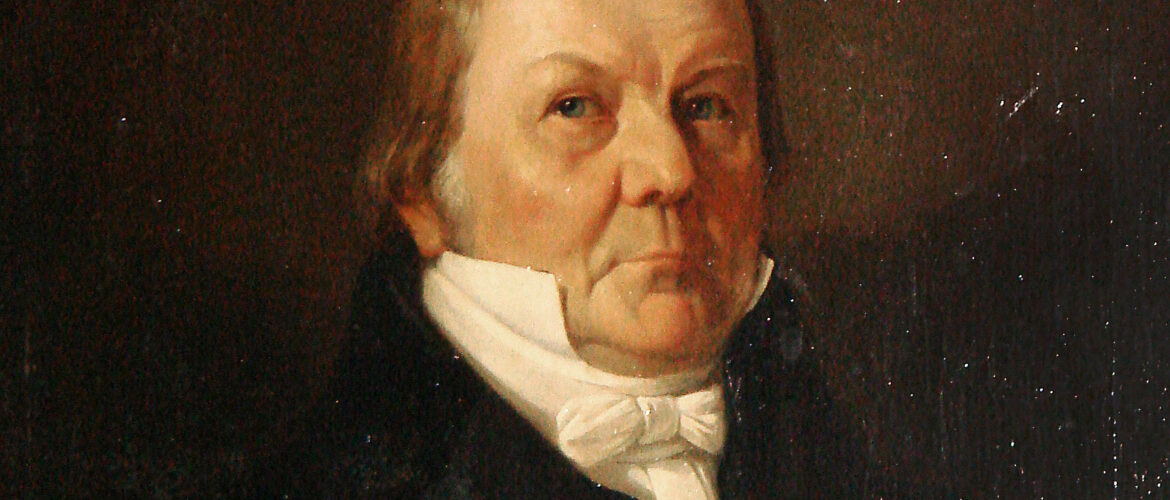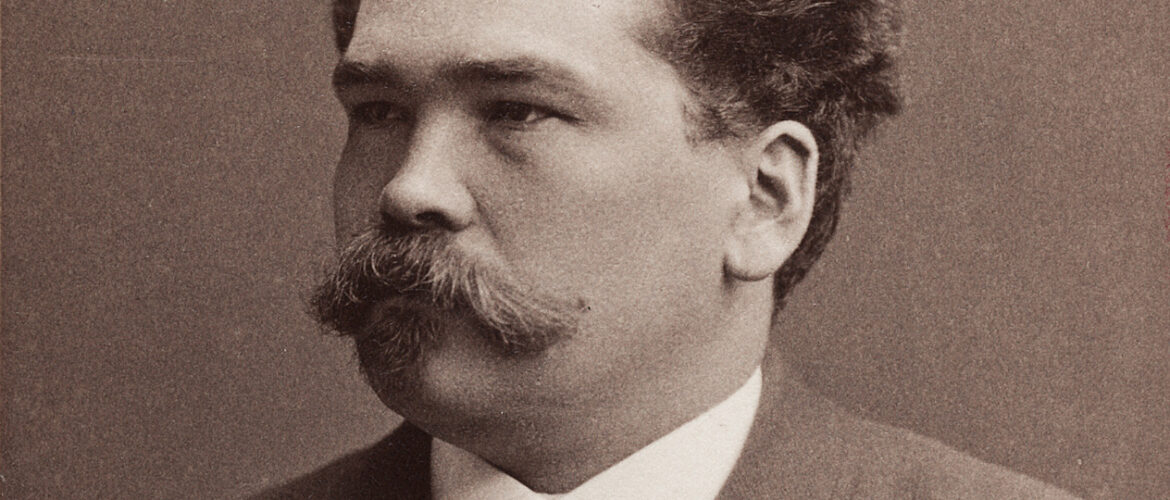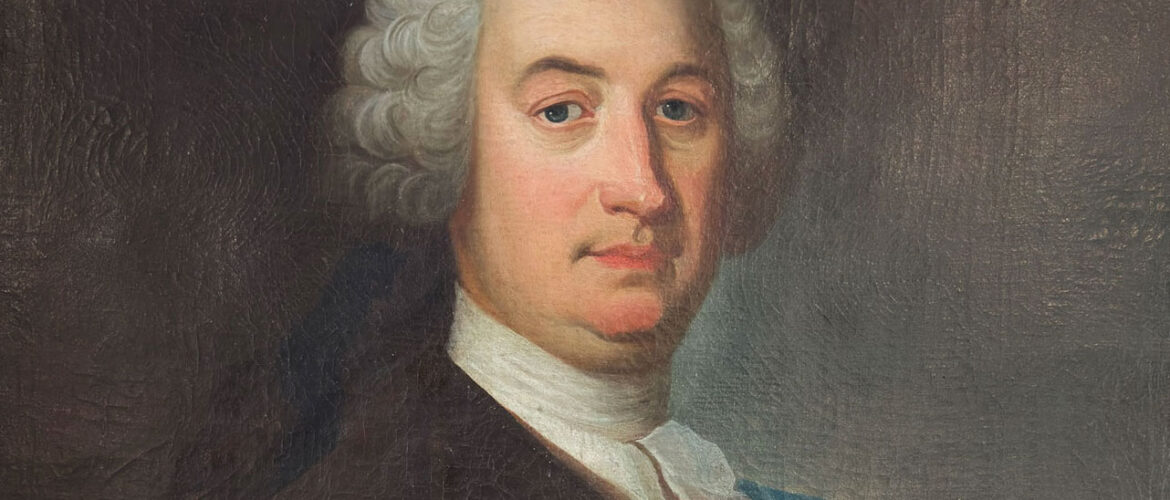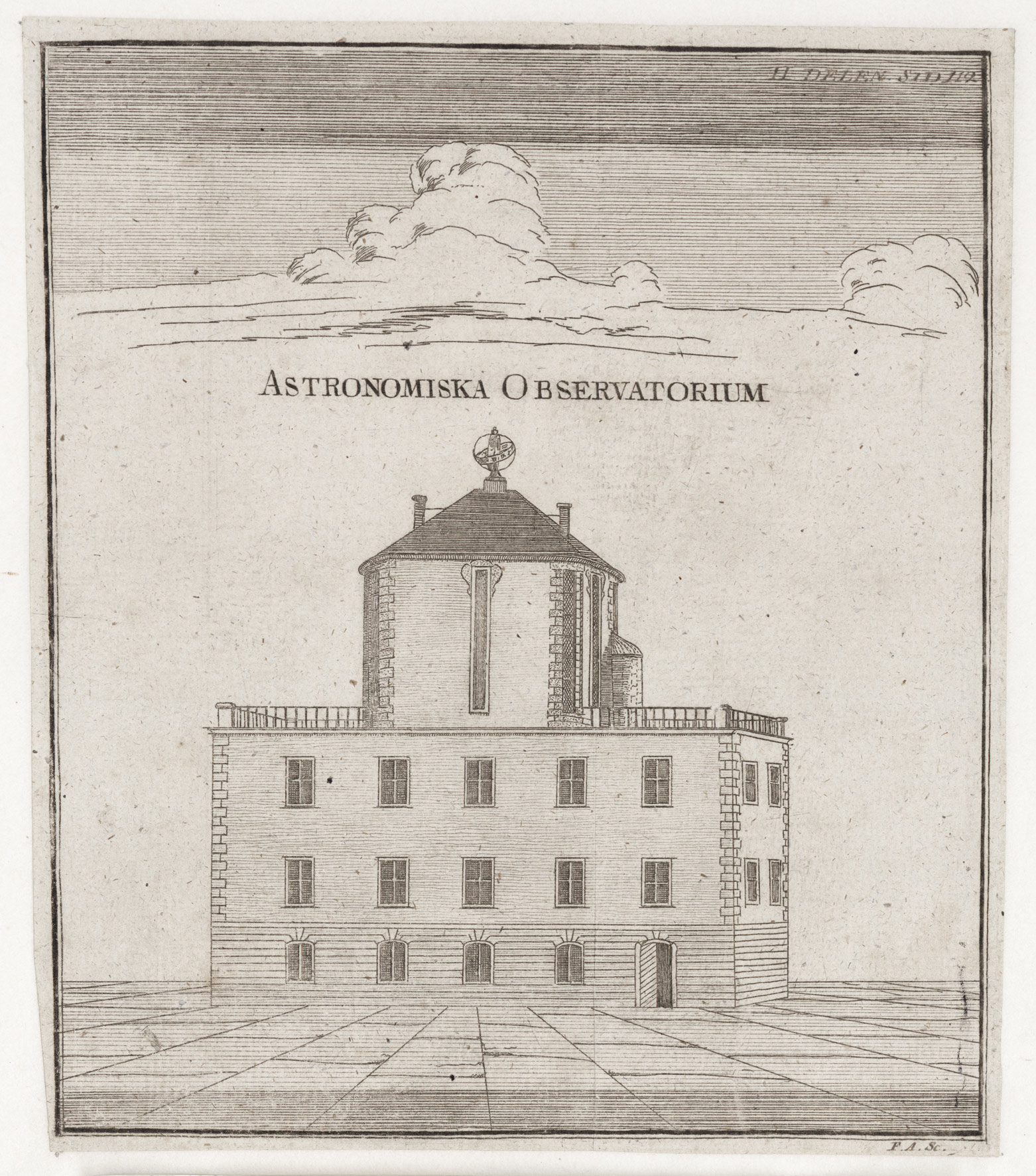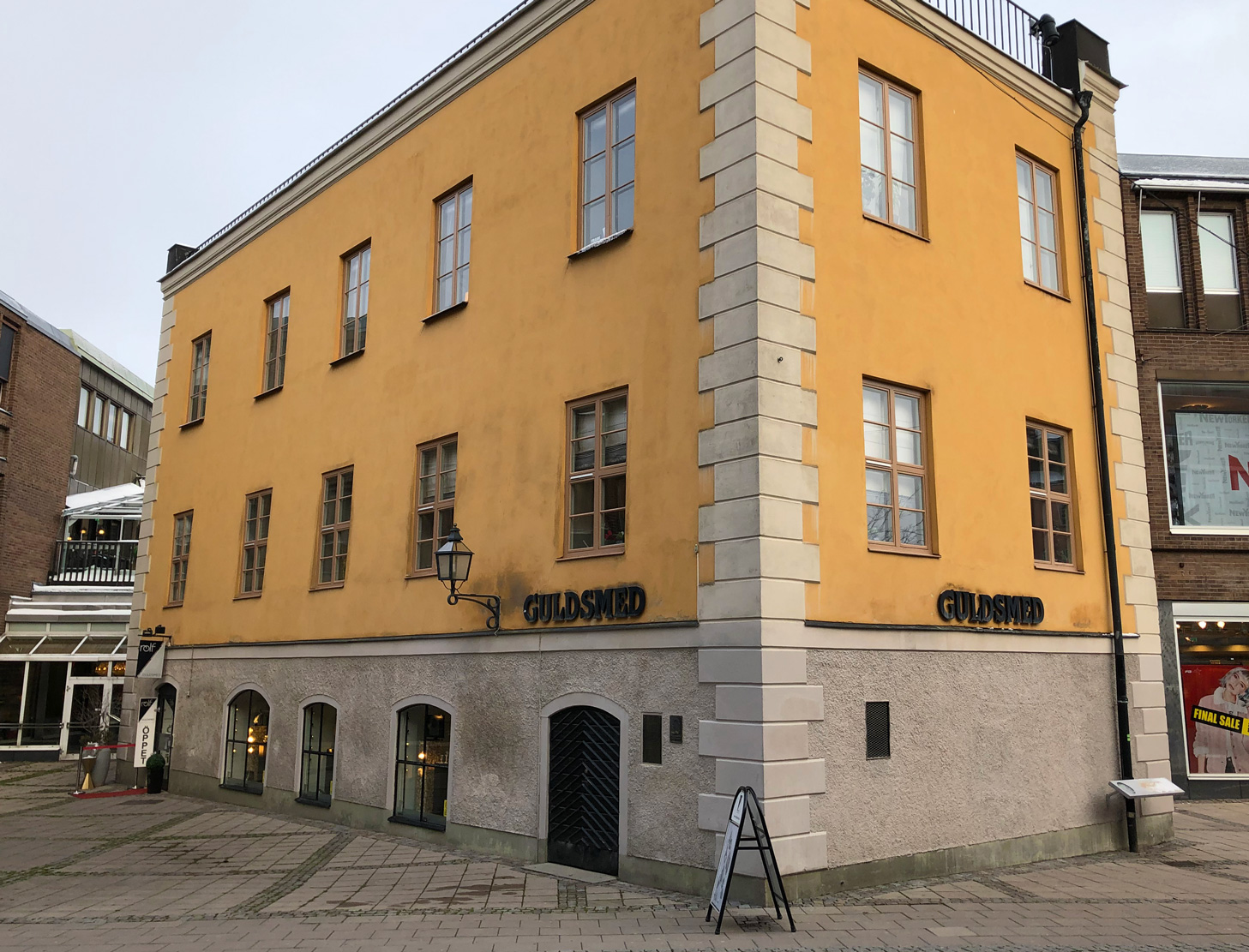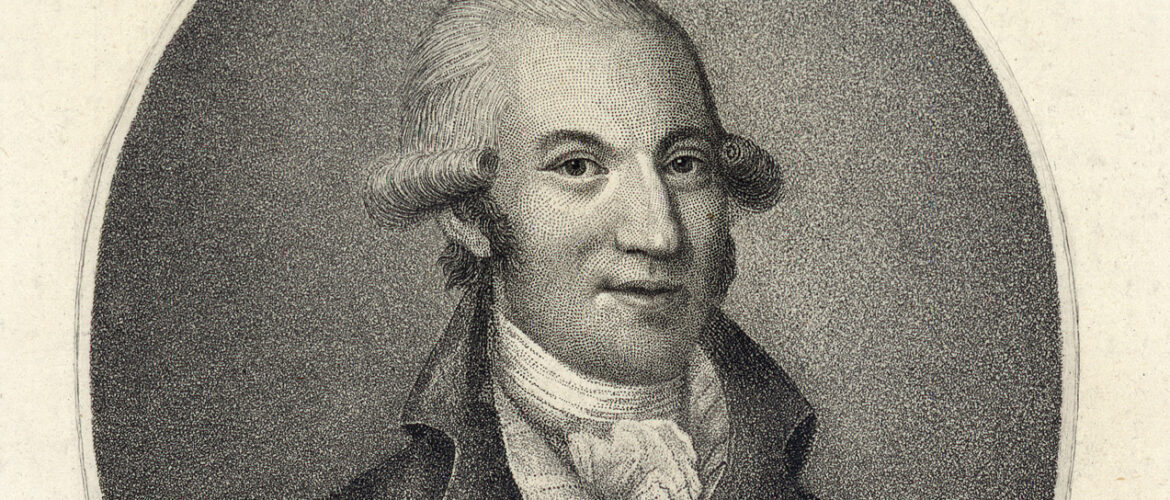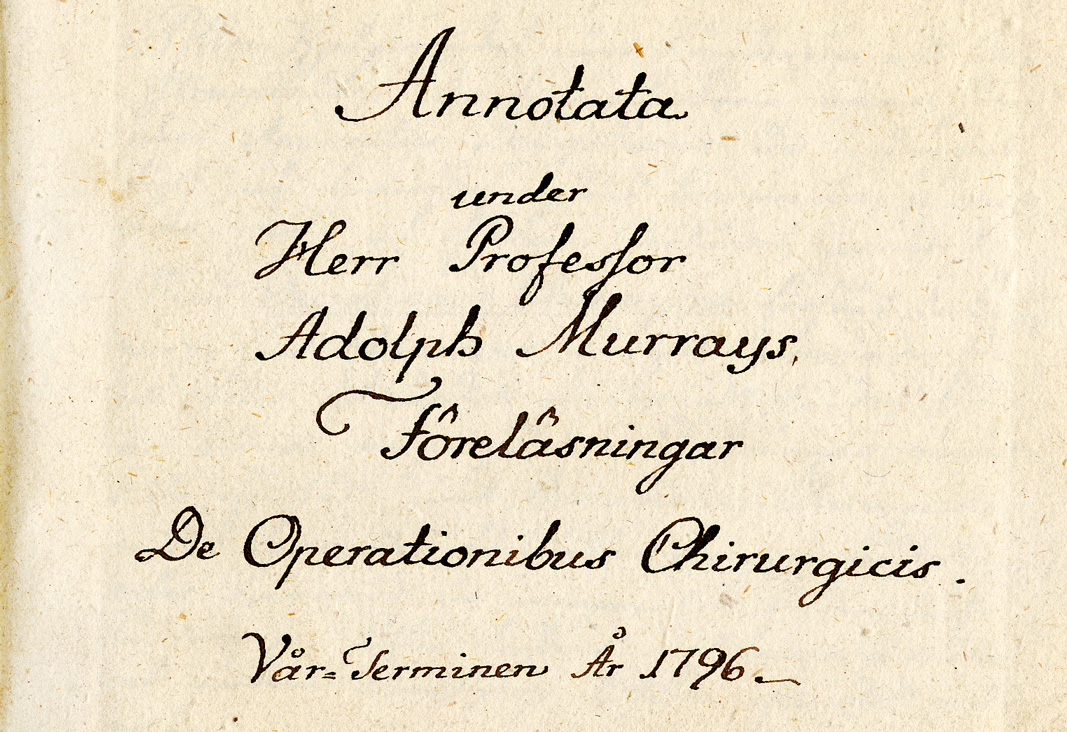1847-1905.
Linguists.
Fredrik Tamm was born in Tveta in Södermanland and in 1875 he defended his thesis on Swedish etymology, which is the study of the historical origins of words, and compiled the Etymological Swedish Dictionary up to and including the letter K.
Tamm devoted himself in particular to etymological work and Swedish dictionary theory. For many years Tamm deputized for the ailing professor of Swedish language, Frits Läffler. Between 1883-1898 Tamm was acting professor of Swedish language for a total of ten years.
Uppsala University tried to establish a professorship for Tamm, but it was not granted by the Royal Majesty. Maj:t, probably because at the time there was already a professor of Nordic languages and one of Swedish. In 1897, Tamm was instead given the name, honor and dignity of professor.
Soon afterwards, Tamm's wife passed away and he was diagnosed with facial cancer. The surgery he underwent left his speech severely impaired.
On his birthday, March 30, 1905, he died and Nathan Söderblom gave the eulogy in which it was said:
"No one could be a better listener than he, whether it was for funny stories or scientific lectures, which he faithfully attended to the end whenever they were offered".
Burial site: 0132-1406
Image description: Fredrik Tamm with his wife Augusta Josefina Elisabeth Lundqvist, Uppsala 1894. Photo: Alfred Dahlgren / UUBThe image is cropped]
Click here for an uncropped image

